The British Museum has announced the launch of a national campaign to secure permanent ownership of the so-called Tudor Heart or Tudor Heart, an enameled gold pendant attributed to the reign of Henry VIII and linked to his marriage to Catherine of Aragon. The goal is to raise 3.5 million pounds by April 2026 to prevent the object from ending up in a private collection and to ensure its public display. The jewel, shaped like a heart and made of 24-karat gold, was discovered in 2019 in a field in Warwickshire by Charlie Clarke, a bartender from Birmingham who had been introduced to metal detecting for just six months. The discovery, which occurred at the site of a drained pond, was immediately reported under the provisions of the 1996 Treasure Act, which requires findings of potential historical value to be reported and offers museums the opportunity to acquire them.
"TheTudor Heart is perhaps one of the most incredible pieces of English history ever unearthed. The support will ensure that this unique and beautiful treasure is secured for the nation to enjoy and inspire generations to come," says Nicholas Cullinan OBE, director of the British Museum .
"TheTudor Heart is a beautiful piece of our history, shedding light on Henry’s court never before seen. Your support will help the British Museum save this piece for the nation and ensure that our history remains on view for generations to come, not hidden away in a private collection," saysactor Damian Lewis.
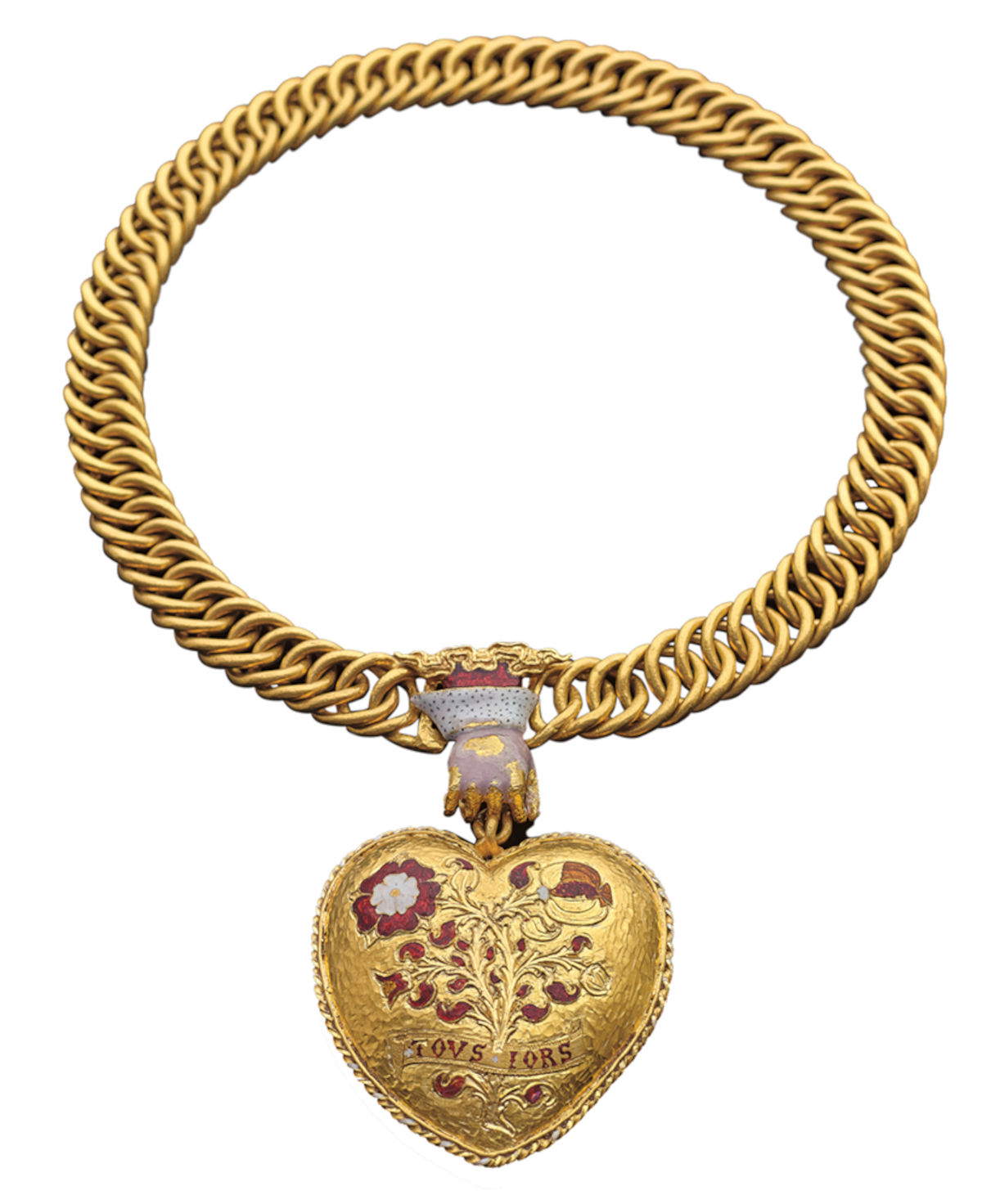
The object consists of three elements: a 75-link gold chain, an enameled hand clasp, and a heart pendant decorated with colored enamels. A braided branch, the Tudor rose, symbol of Henry VIII’s dynasty, and the pomegranate, heraldic emblem of Catherine and the royal house of Aragon, appear on the front. At the bottom, a cartouche bears the inscription “TOVS IORS,” a probable linguistic play on Old French tousiors or toujours (“always”) but also interpretable as “tous yours,” “all yours.” On the reverse, however, the enameled letters “H” and “K” (Henry and Katherine) appear, referring to Henry and Catherine, as well as the same motto. Above the clasp, a cloud shape alludes to a celestial hand, a symbol used in the sixteenth century both in a religious sense and as a metaphor for love. The quality of the object and heraldic references suggest a direct connection with the Tudor court, although it does not appear in official inventories of royal jewelry.
In fact, scholars believe the pendant may have been created at tournaments or court ceremonies, perhaps in 1518, when the engagement of Princess Mary, daughter of Henry and Catherine, to the heir to the French throne was celebrated. At that time Henry VIII often commissioned his goldsmiths to make stage jewelry for use at festivals and official events, intended for members of the court or high-ranking guests. The absence of technical refinement makes it unlikely that it was a direct gift between sovereigns, but the richness of the materials and the weight of the chain indicate that it belonged to a person of high rank, since laws of the time forbade individuals of low status from wearing such ornaments. Nevertheless, the historical value remains exceptional: very few objects survive that celebrate the bond between Henry VIII and Catherine, whose 24-year marriage was the king’s longest, ending only with an annulment in 1533.
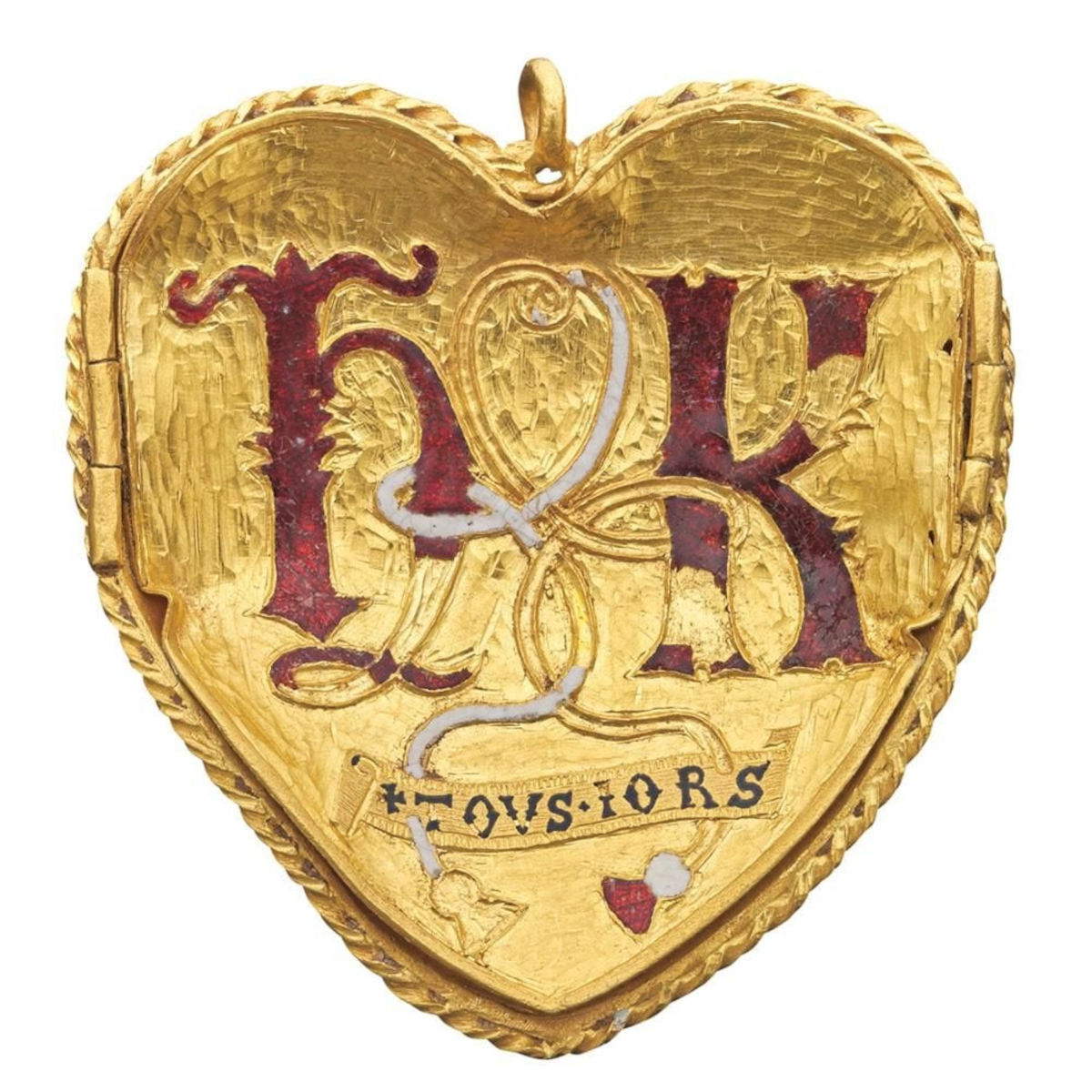
The pendant has followed a complex path since its discovery. After the initial report to Teresa Gilmore, Finds Liaison Officer of the Portable Antiquities Scheme, the artifact was transferred to the Birmingham Museum and Art Gallery for temporary conservation. Shortly thereafter, at the threshold of the pandemic, the object was taken to the British Museum. Restrictions due to Covid-19 slowed the study of the artifact by years, which could only be thoroughly examined later through extensive interdisciplinary work involving experts in history, conservation, and materials science.
Analyses confirmed the compatibility of the gold and enamels with those in use in the early 16th century, strengthening the hypothesis of production in the height of the Tudor era. The size and state of preservation surprised scholars, as jewelry of such workmanship rarely emerges that can be traced to that period. Rachel King, curator of the museum’s European Renaissance section, emphasized how the pendant allows one to move from simply reading sources to being able to “hold history in one’s hand.”
"The object speaks of a significant moment in English royal history, giving tangible insight into one of the most significant marriages of the Tudor dynasty. TheTudor Heart offers new insights into the splendor of Henry VIII’s court and tells the often forgotten stories of Catherine and Princess Mary," says Rachel King, curator of Renaissance Europe and Wadesdon Bequest.
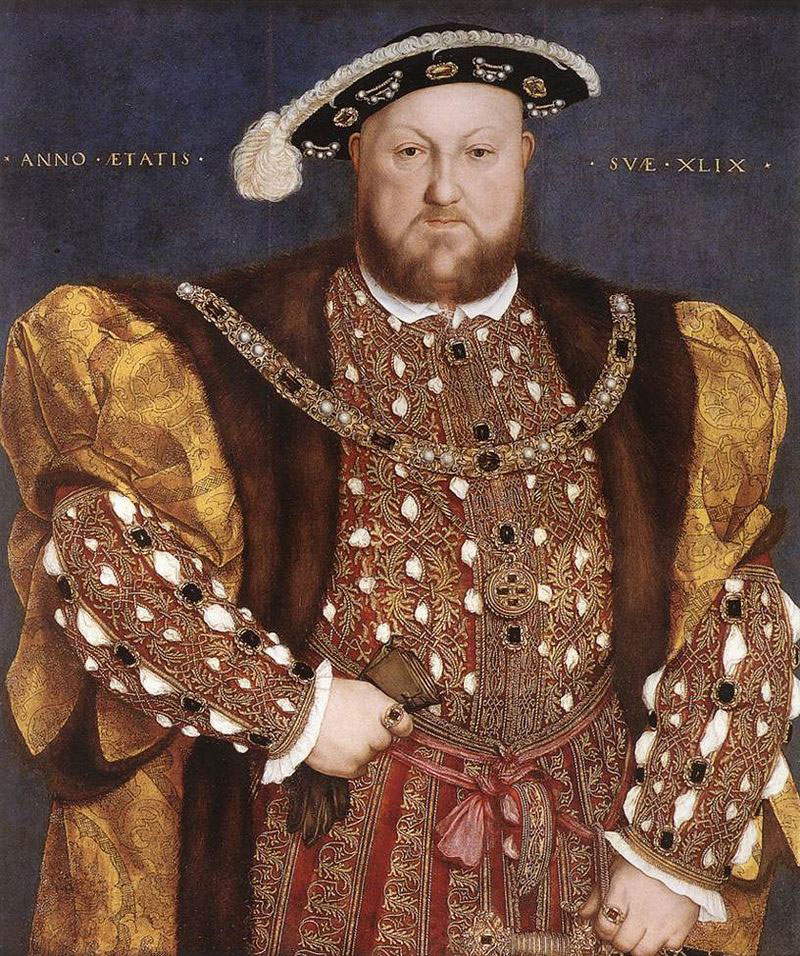
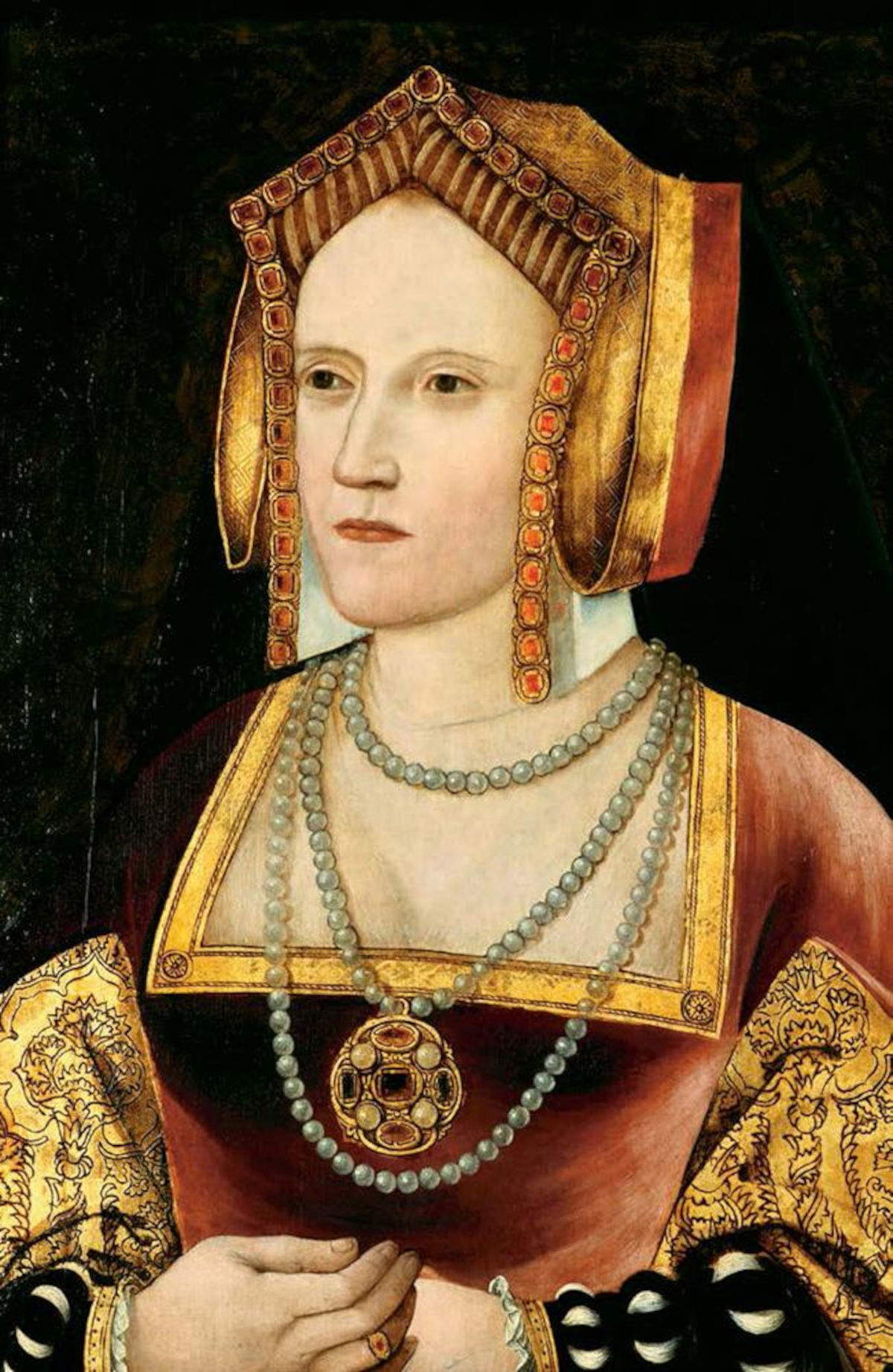
The acquisition campaign was launched with an initial donation of £500,000 from the Julia Rausing Trust. The British Museum is now counting on the support of institutions, foundations and the public to reach the required amount. TheTudor Heart will remain on display until April 2026 in Room 2, dedicated to “Collecting the world.”
"We are delighted to support the British Museum in acquiring theTudor Heart for the nation," says Simon Fourmy, chief executive officer of The Julia Rausing Trust. “This extraordinary pendant sheds light on a royal marriage that defines and enriches our understanding of the Tudor world. We hope others will be as inspired by this extraordinary object as we have been, and will join us in giving generously to ensure that this treasure remains on view for many years to come.”
The public campaign to raise funds is active with donations possible at: britishmuseum.org/tudor-heart-appeal.
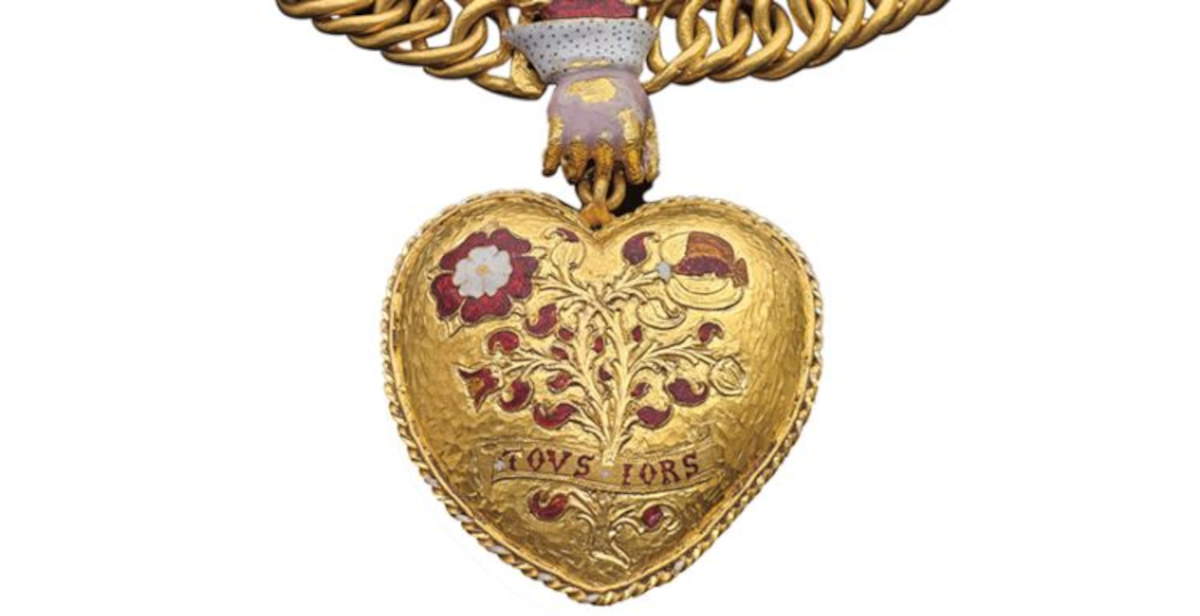 |
| British Museum starts fundraiser to save rare gold pendant of Henry VIII |
Warning: the translation into English of the original Italian article was created using automatic tools. We undertake to review all articles, but we do not guarantee the total absence of inaccuracies in the translation due to the program. You can find the original by clicking on the ITA button. If you find any mistake,please contact us.